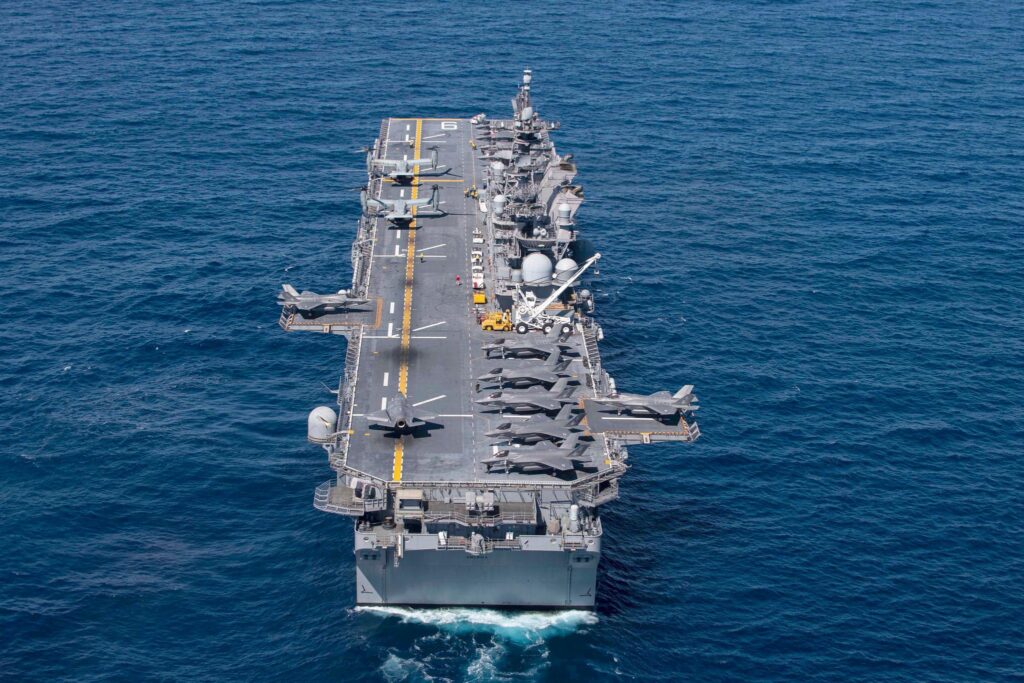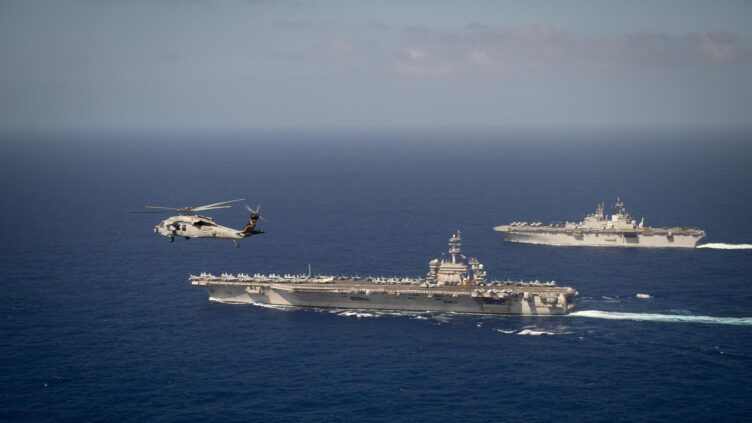Recently, the U.S. Navy has begun the research, design and engineering of light fleet aircraft carriers.
Although the navy is still considering whether to invest in light fleet aircraft carriers to supplement the gap period faced by the deployment of super aircraft carriers, so as to bring stronger distributed combat capabilities to the U.S. Navy at a lower cost.
According to the Naval Academy news website, the light fleet aircraft carrier plan is within the recommended scope of the Pentagon’s “future naval research” is about to be completed.
Although this idea did not appear in the procurement plan of the navy and the Marine Corps, then Secretary of Defense Mark Esper was increasingly interested in light fleet aircraft carriers, because he had been working hard to reduce the cost of future naval procurement and maintenance of ships.
The Future Naval Research and its planned Naval Combat Power 2045 recommended the manufacture of up to six light aircraft carriers, and pointed out that more research was needed, which had been carried out by the Naval Engineering and Logistics Systems Bureau.
A Navy official said last week that the team that studied the cost and combat capability of light fleet aircraft carriers has been planning different construction plans to understand that light fleet aircraft carriers can achieve operational consumption ratios compared with Ford-class aircraft carriers, and finally estimate how much the cost is, and then the navy decides Whether to purchase this lightweight fleet aircraft carrier.
At present, the U.S. military expects this aircraft carrier to have a speed of about 30 knots, which can lead a fleet to the mission waters at a high speed.
And it has the ability to take off and land new carrier-borne transport aircraft and carrier-borne early warning aircraft, as well as the ability of the F-35B.
If built as planned, it is likely to build a medium-sized aircraft carrier of no more than 60,000 tons, which will probably have combat capability as the British Elizabeth II-class aircraft carrier.

Although the American-class amphibious attack ship now built also has the ability to take off and land the F-35B, due to its hull design, the speed is only about 20 knots.
Carly Flynn, director of surface ship design and systems engineering of the U.S. Navy, also believes that the current amphibious attack ships also have certain restrictions when taking off the F-35B, so the U.S. Navy also needs a more powerful type of secondary aircraft carrier.



